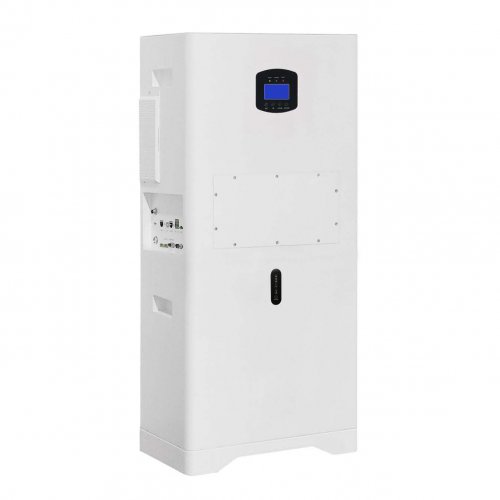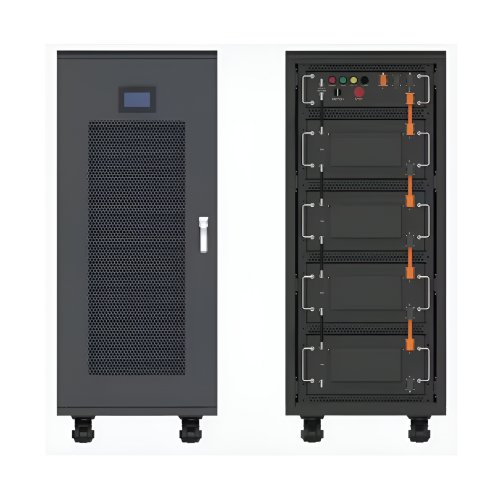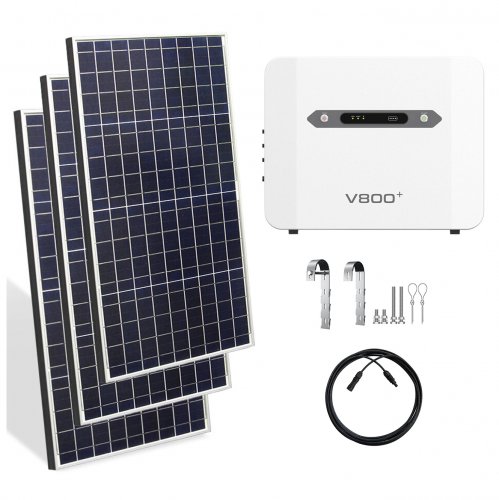How To Use Troubleshooting: A Comprehensive Guide To Systematically Resolve Technical Issues
Troubleshooting is a fundamental, systematic process for diagnosing and resolving problems, particularly with technology, machinery, and complex systems. It is more than just guessing; it's a disciplined approach that saves time, reduces frustration, and leads to more effective and lasting solutions. This guide will walk you through the core principles, a detailed step-by-step methodology, and expert tips to master the art of troubleshooting.
The Core Principles of Effective Troubleshooting
Before diving into the steps, internalize these key principles:
1. Assume Nothing, Document Everything: Start with no preconceived notions. The most unlikely component can be the culprit. Document every step, observation, and change you make. This creates a roadmap of what you've tried and is invaluable if you need to escalate the issue. 2. Start Simple, Then Escalate: The simplest explanation is often the correct one. Always check the most basic and common causes first (e.g., "Is it plugged in?", "Is the power on?") before hypothesizing about complex hardware failures. 3. Isolate the Variable: A core tenet of the scientific method. Change one thing at a time and observe the result. If you change multiple settings simultaneously, you won't know which change fixed the problem (or caused a new one). 4. Know Your Resources: Effective troubleshooting leverages available resources. This includes user manuals, official documentation, knowledge bases, online forums, and community support.
A Step-by-Step Troubleshooting Methodology
Follow this structured process to tackle almost any problem methodically.
Step 1: Identify and Define the Problem Clearly articulate what is going wrong. Avoid vague statements like "the computer is broken." Be specific: "When I try to print, the printer status shows 'Error - Offline,' and no jobs are processed." Gather detailed information:What exactly is happening? What error messages are displayed?When did it start happening? Was it after a specific event (e.g., a software update, a power outage)?Where is it happening? Is it affecting one device or all devices on the network?How often does it occur? Is it consistent or intermittent?
Step 2: Gather Information and Reproduce the Issue Collect relevant data. Check system logs, error codes, and user reports. Crucially, attempt to reproduce the problem yourself. Consistent reproduction is key to confirming the issue and later verifying the fix. If you cannot reproduce it, the problem might be intermittent or user-specific, which requires a different approach.
Step 3: Develop a Hypothesis of Probable Cause Based on your initial information, brainstorm a list of potential causes. Start with the simplest and most probable ones. For the printer example, hypotheses could be:A loose USB or network cable.An incorrect printer driver.A paper jam or low ink in the printer itself.The printer being set to "Use Offline" in the devices menu.
Step 4: Test the Hypothesis by Implementing a Solution Choose the most likely hypothesis and test it. This is where you change one variable at a time.Hypothesis: The network cable is loose.Test: Reseat the cable at both ends (printer and router). Try a different cable if available.Result: Did the problem resolve? If yes, you've found the solution. If not, the hypothesis is incorrect; revert any changes and move to the next most likely cause on your list.
Step 5: Implement the Solution and Verify Fix Once you find an action that resolves the issue, formally implement it. This may involve installing a new driver, replacing hardware, or changing a configuration setting. After implementation, verify the fix is complete by reproducing thenormaloperation. Try printing a test page. Ensure the problem does not reoccur.
Step 6: Document the Solution and Process This is a critical but often skipped step. Write down the problem, the root cause, and the solution. This documentation becomes part of your personal or organizational knowledge base, preventing you and others from repeating the same diagnostic process in the future.
Step 7: Perform Root Cause Analysis (If Applicable) For recurring or critical problems, askwhyit happened. Did a cable come loose because it wasn't secured? Did a driver break because of an automated update process? Addressing the root cause prevents future occurrences, moving from simply fixing problems to preventing them.
Practical Tips and Operational AdviceThe 50% Rule: If you are more than 50% unsure about a advanced step (like editing the system registry), stop. The potential risk of causing greater damage outweighs the benefit. Seek expert help.Use the "Clean Boot" or "Safe Mode": In software troubleshooting, starting with a minimal set of drivers and programs helps isolate conflicting software. This is a powerful way to determine if the issue is with the core system or a third-party application.Leverage Online Resources Wisely: When searching online, use specific error codes and keywords from messages. Forum posts from years ago may be outdated. Prioritize information from official sources and recent discussions.Beware of Confirmation Bias: Don't fall in love with your first hypothesis. Be willing to abandon it if the evidence doesn't support it. The goal is to find therealcause, not to prove your first idea right.Know When to Escalate: Troubleshooting values time. If an issue is beyond your expertise or requires specialized tools, escalating it to a specialist is the correct and efficient solution. Provide them with your detailed documentation from Step 1.
By adopting this structured framework, you transform troubleshooting from a stressful guessing game into a logical, repeatable, and successful process. It empowers you to not just react to problems, but to understand and conquer them.
Customized/OEM/ODM Service
HomSolar Supports Lifepo4 battery pack customization/OEM/ODM service, welcome to contact us and tell us your needs.


HomSolar: Your One-stop LiFePO4 Battery Pack & ESS Solution Manufacturer
Our line of LiFePO4 (LFP) batteries offer a solution to demanding applications that require a lighter weight, longer life, and higher capacity battery. Features include advanced battery management systems (BMS), Bluetooth® communication and active intelligent monitoring.

Customised Lithium Iron Phosphate Battery Casing
ABS plastic housing, aluminium housing, stainless steel housing and iron housing are available, and can also be designed and customised according to your needs.

HomSolar Smart BMS
Intelligent Battery Management System for HomSolar Energy Storage System. Bluetooth, temperature sensor, LCD display, CAN interface, UART interface also available.


Terminals & Plugs Can Be Customized
A wide range of terminals and plugs can be customised to suit the application needs of your battery products.

Well-designed Solutions for Energy Storage Systems
We will design the perfect energy storage system solution according to your needs, so that you can easily solve the specific industry applications of battery products.



About Our Battery Cells
Our energy storage system products use brand new grade A LiFePO4 cells with a battery lifespan of more than 4,000 charge/discharge cycles.



Applications in Different Industries
We supply customized & OEM battery pack, assemble cells with wiring, fuse and plastic cover, all the cell wires connected to PCB plug or built BMS.
Applications: E-bike, Electric Scooter, Golf Carts, RV, Electric Wheelchair, Electric Tools, Robot Cleaner, Robot Sweeper, Solar Energy Storage System, Emergency Light, Solar Power Light, Medical Equipment, UPS Backup Power Supply.
We can provide you with customized services. We have the ability to provide a vertical supply chain, from single cells to pack/module and to a complete power solution with BMS, etc.


HomSolar (Shenzhen) Technology Co., Ltd
























